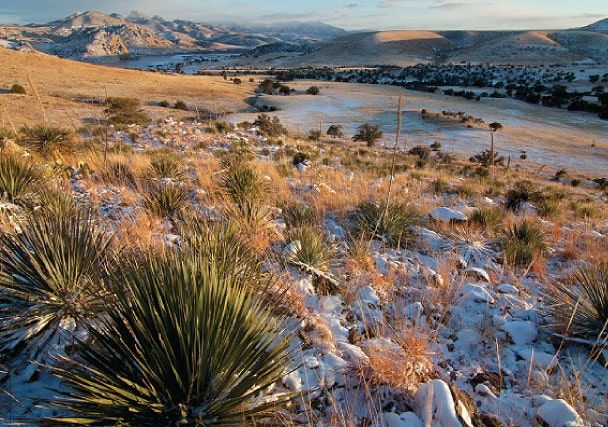Janos Biosphere Reserve, the habitat of the only wild bison population in Mexico
The Janos Biosphere Reserve is made up of extensive valleys covered with native grasslands that, as they gain elevation, are transformed into forested mountain ranges that offer extraordinary landscapes where the view is lost in the horizon.





